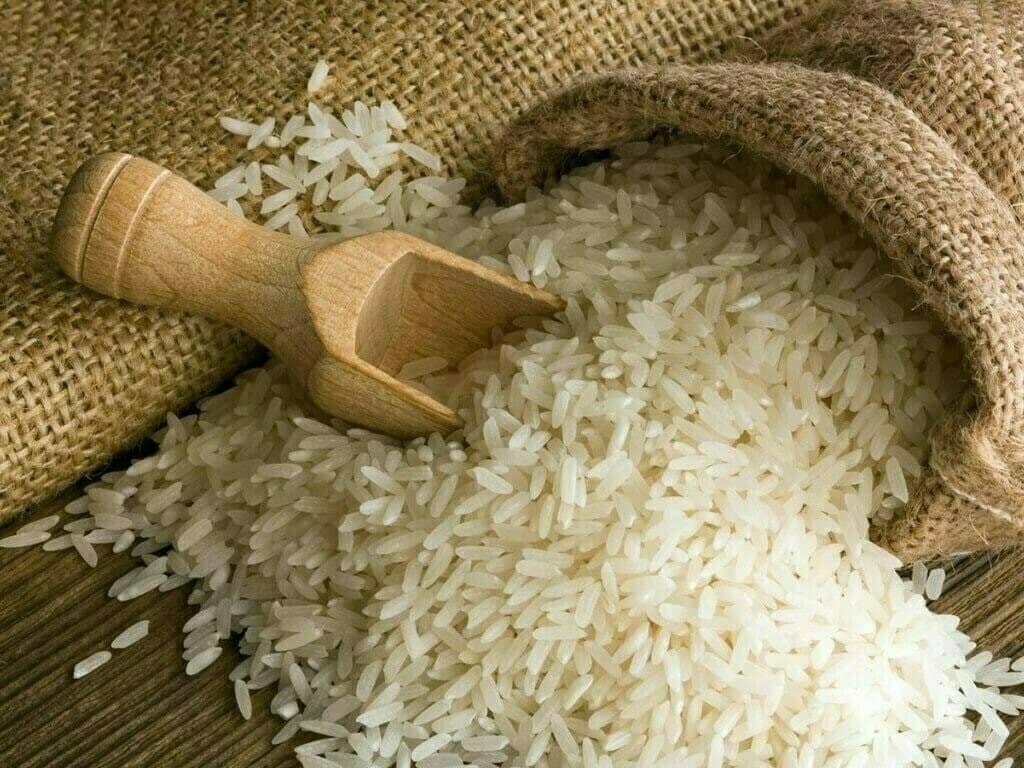Tags
Best management practices: Brake herbicide in row rice
Herbicide provides effective, residual weed control in furrow-irrigated rice.

Brake herbicide, a product of SePRO Ag, is in its first year of full commercial launch in row rice, providing growers with extended residual weed control in furrow-irrigated environments.JEFF JETTON, SEPRO AG
Farmers looking to control pigweed, coffee beans, and grasses in furrow irrigated rice can now use Brake herbicide by SePRO Ag for extended residual control. While this is the second year for the product’s federal section 3 label under the EPA’s Fungicide, Insecticide, and Rodenticide Act, it is the first year for a full commercial launch of Brake in row rice.
Rice trials with Brake date back to 2014 in studies conducted by Jason Norsworthy, distinguished professor of weed science at the University of Arkansas System Division of Agriculture. At the time, SePRO Ag was looking to develop the product in rice alongside cotton and peanut.
In the years to follow, focus shifted primarily to cotton, then peanut, and in 2019 the company revisited using the product in furrow-irrigated rice environments.
Kyle Briscoe, senior technical development manager at SePRO said conversations with Arkansas Certified Crop Advisor, Tyler Hydrick helped progress the study as more acres of row rice were being planted and growers were having a tough time controlling palmer amaranth.
In 2020, Briscoe and Hydrick began testing small areas of row rice fields with Brake. With success, they scaled up from there. In addition to their work, universities have also investigated and confirmed the safety and effectiveness of Brake in furrow-irrigated rice. This includes trials by the University of Arkansas and the University of Missouri.
Briscoe said, “We found it was safe, it was efficacious, and it is a good option for row rice growers looking for residual weed control.”
In an interview with Farm Press, Briscoe and Hydrick shared their experiences with Brake along with best management practices for applications in furrow-irrigated rice.
What weed control can you expect?
Brake is activated with water or rainfall, making it ideal for a row rice environment. It provides strong control of pigweed, annual grasses like barnyardgrass, goose grass, and crabgrass, along with effective control of coffee beans.
Hydrick said, “If you have a field susceptible to coffee beans, Brake virtually eliminates them.”
While Brake provides excellent residual activity, Brisoe added, “Brake does not have any post-emergence activity, so you will need to tank mix it with a post-emergence herbicide to clean up any weeds that are out there.”
Hydrick said tank mixing Brake with Command or similar products works to control grasses, and both specialists reported no antagonism from Brake applications.
Application recommendations for Brake
Row rice growers can apply Brake at a 12-to-16-ounce rate on rice that is 3-leaf and older. Briscoe said the herbicide has a 30-day pre-harvest interval and can be applied well into the season.
Hyrdick added that the herbicide works well on heavy, sharky clay ground at the 16-ounce rate. However, on sandy ground it is recommended to back that down to 12 ounces.
Briscoe added there has been no observation of drift issues with Brake, and pointed out the label does not cover aerial application. It is a ground application only.
Precautions to consider
While Brake can be applied to zero-grade or leveled ground, you should avoid applying it on ground leveled within the past 12 months. Briscoe said there is a statement on the label that cautions severe injury could occur if Brake is applied to freshly cut or leveled ground.
Hydrick said, “I keep it on heavy ground that has been leveled long before we use the product,” and he reported an instance he knew of where Brake was accidentally sprayed on a freshly leveled field last year and killed the rice in that situation.
Hydrick also cautioned against using Brake in row rice fields with intense weed pressure or in marginal situations. Additionally, Brake is not recommended in a levee rice environment, as there is little to gain with a pre-flood application in levee rice when the flood itself will provide a grower with weed control.
Cost effectiveness and availability
On the front end, Brake applications are more expensive than other herbicides, but an application of Brake pays off in the long run.
Hydrick said adding Brake to your herbicide program is comparable in price to running a full Loyant application. “You are basically trading a post-emergence product for a pre-emergence product,” Hydrick explained. “You are also getting extended residual control with Brake where Loyant is going to provide no residual control. So, you are getting your bang for your buck, and it is safer from a drift standpoint compared to Loyant as well.”
Briscoe added, “It becomes an insurance policy where you are going to pay a little more upfront, but it is going to provide long residual control of palmer amaranth and other small seeded broadleaves as well as grasses,” noting that growers who use Brake in row rice will not likely need as many post-emergent herbicides during the season.
https://www.farmprogress.com/rice/best-management-practices-brake-herbicide-in-row-ricePublished Date: April 12, 2024







